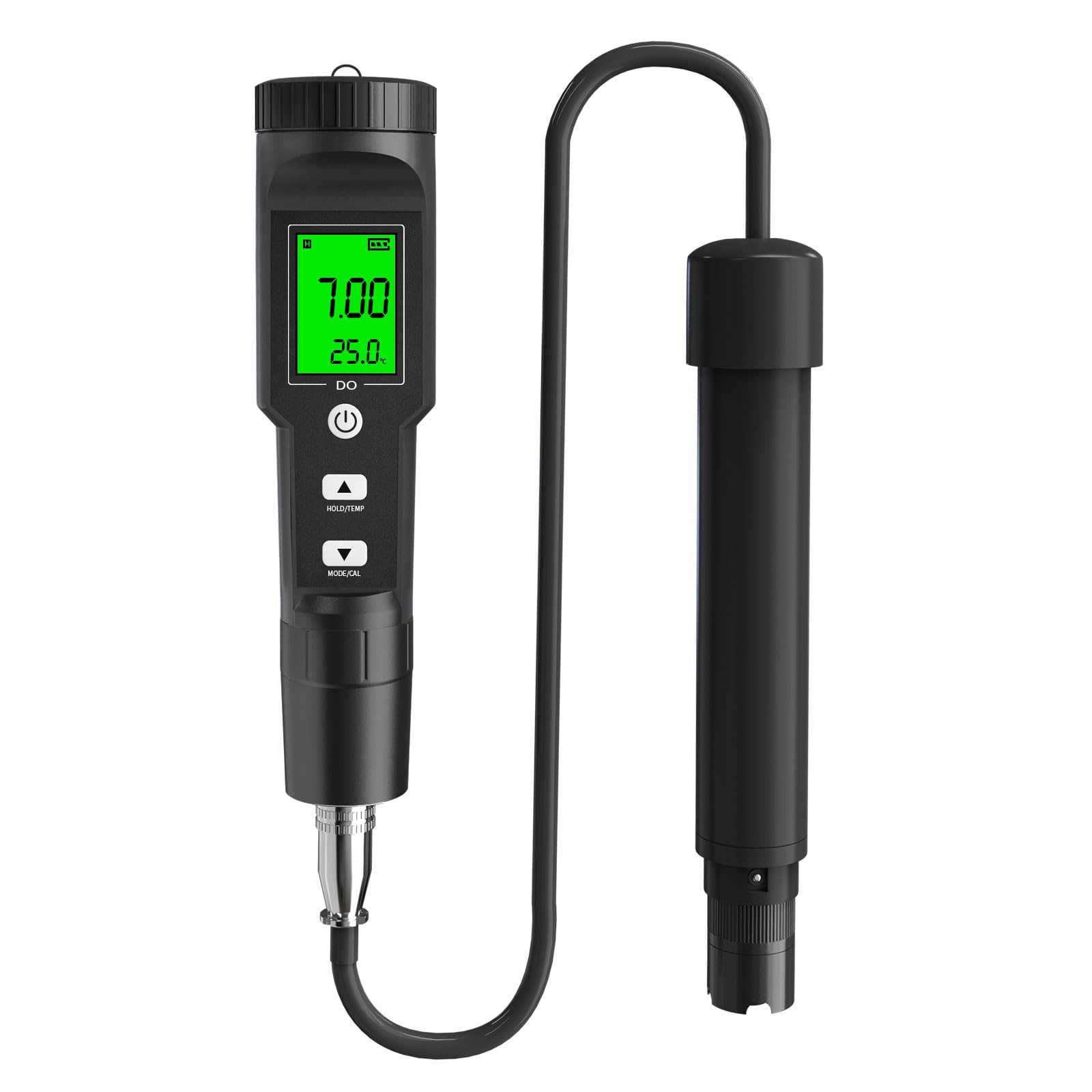

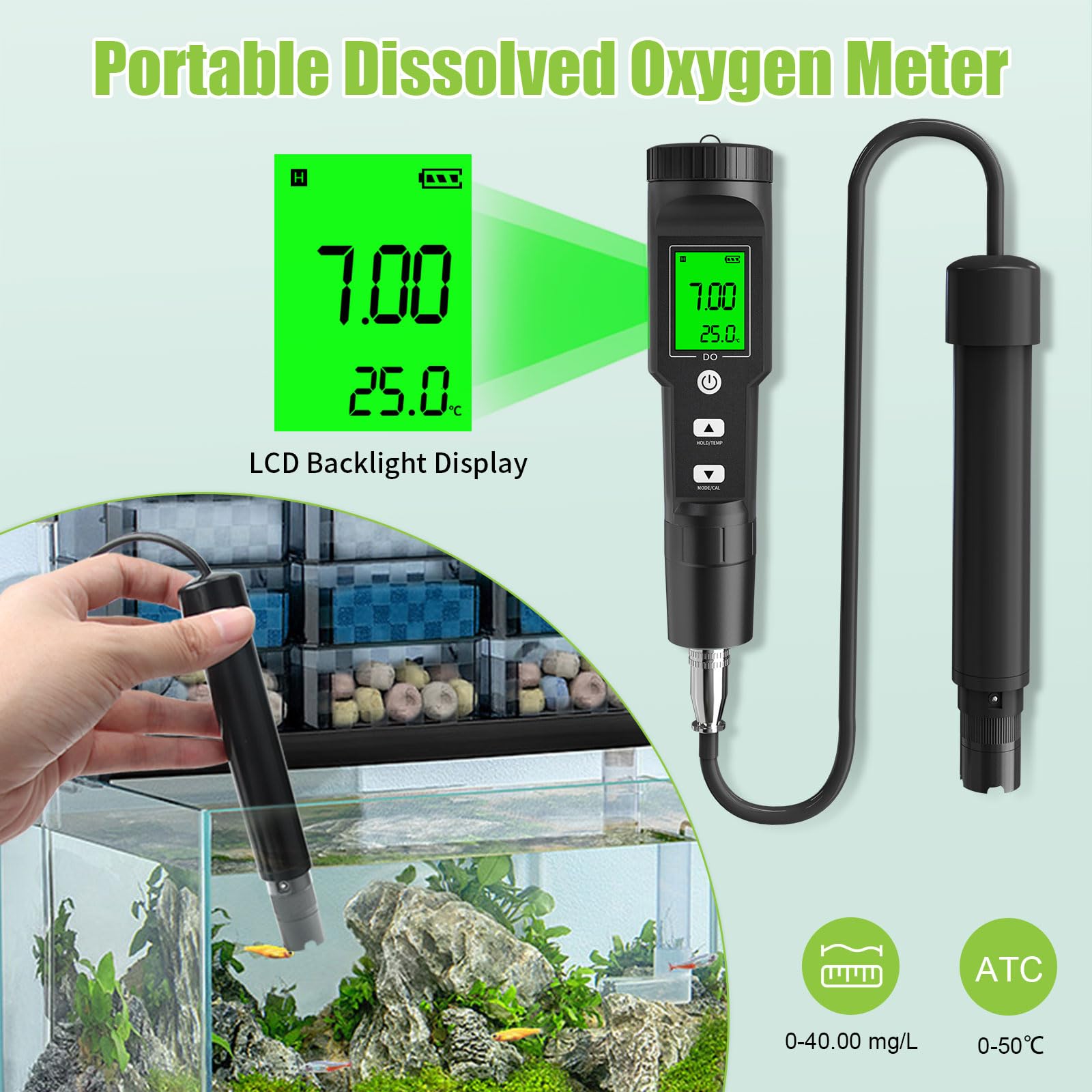
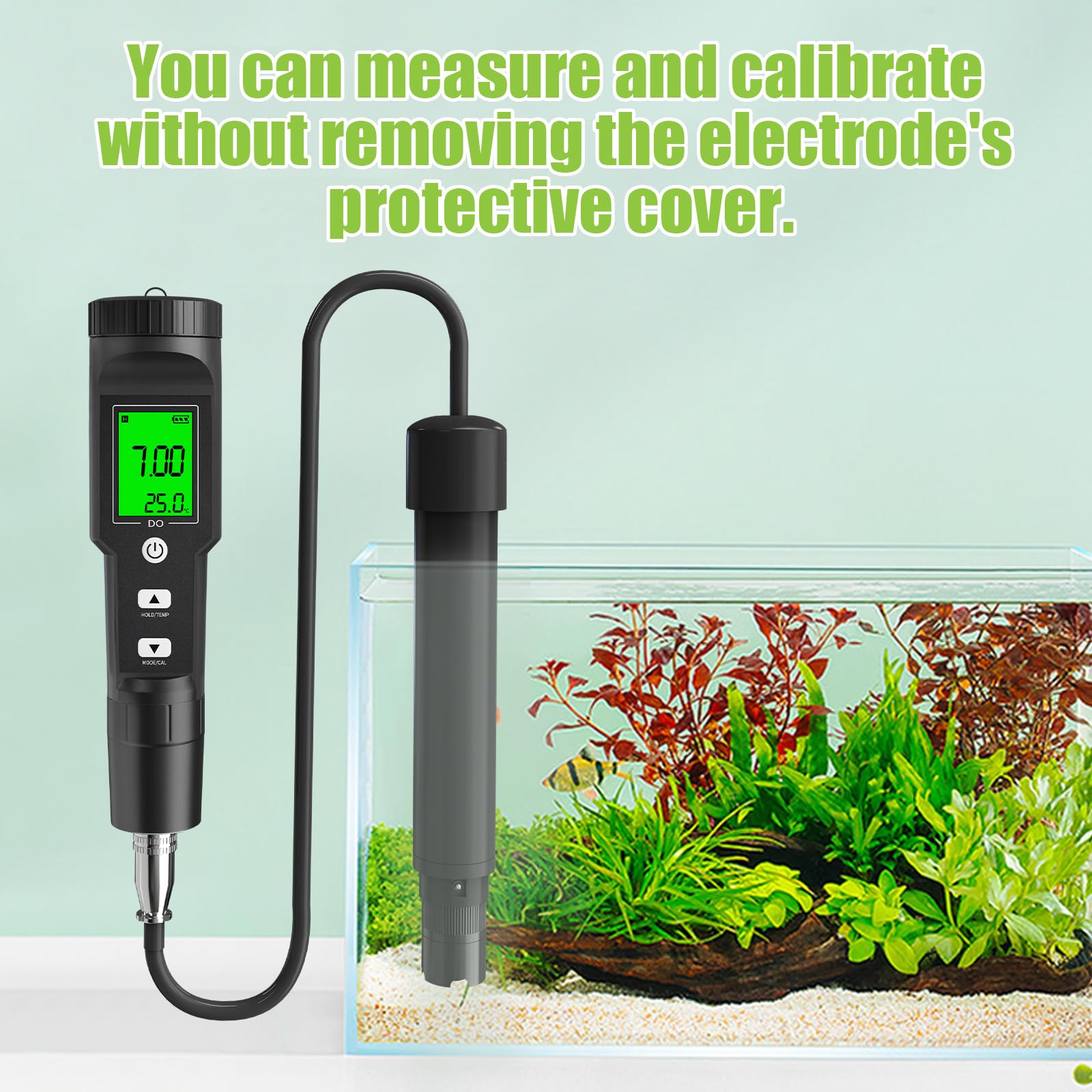
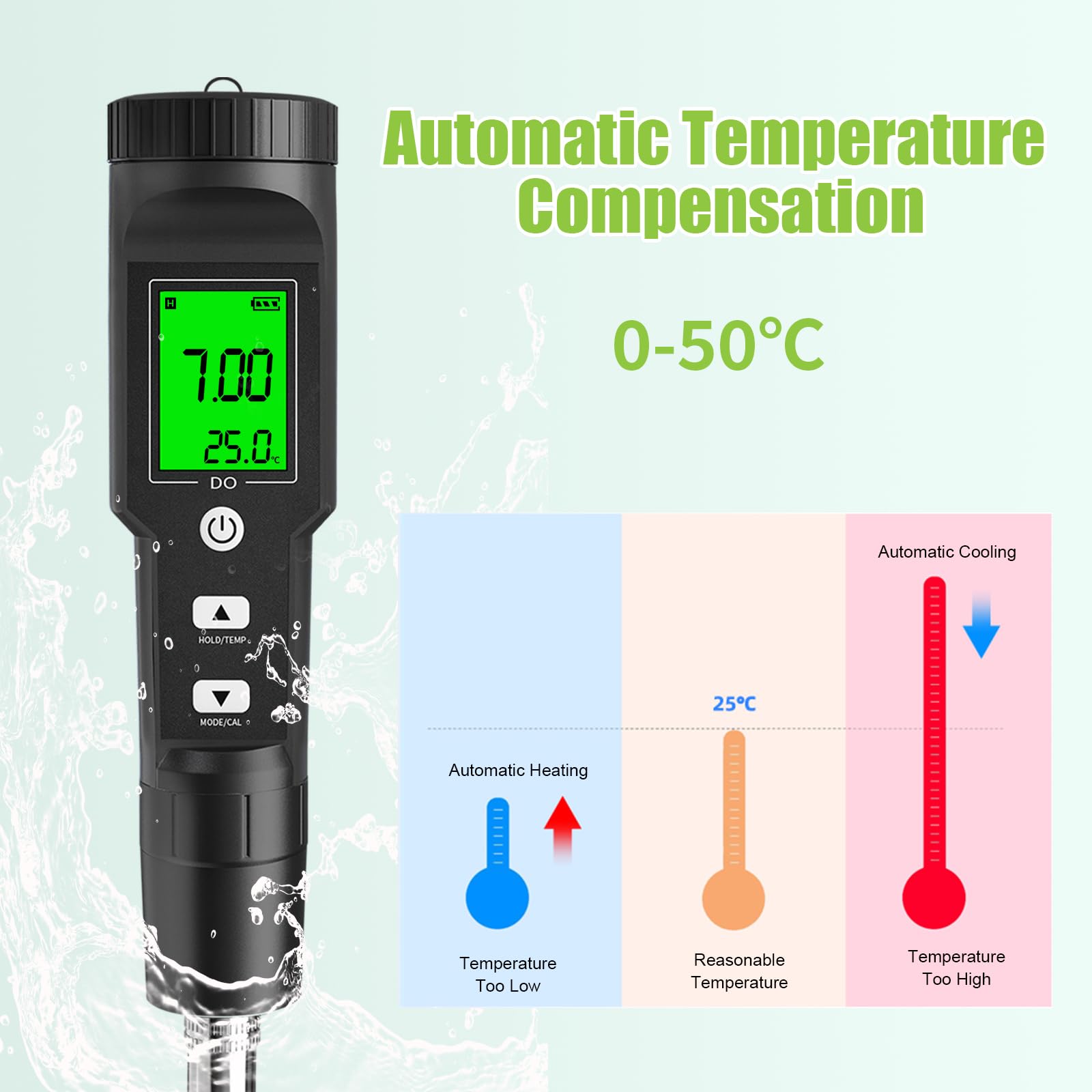
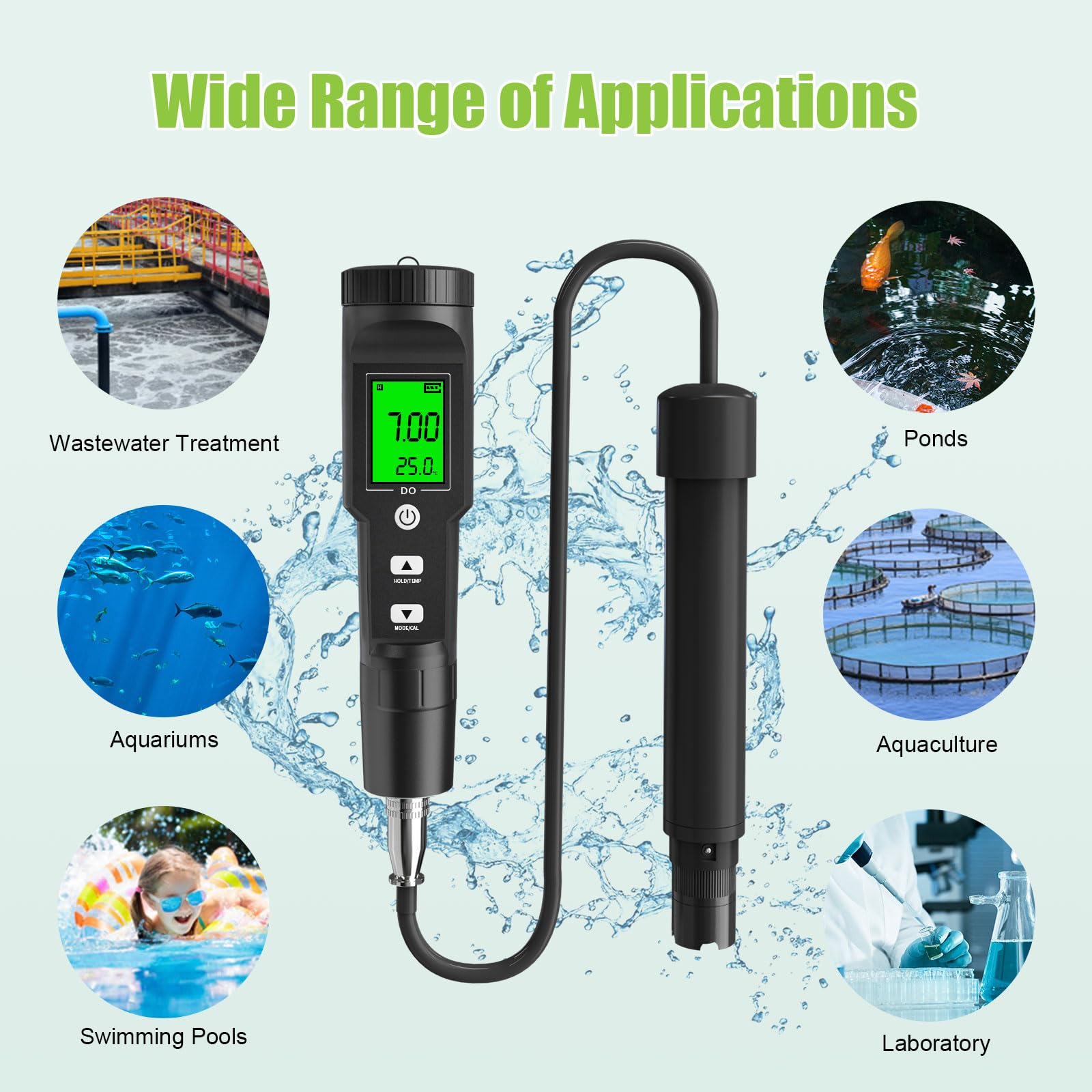
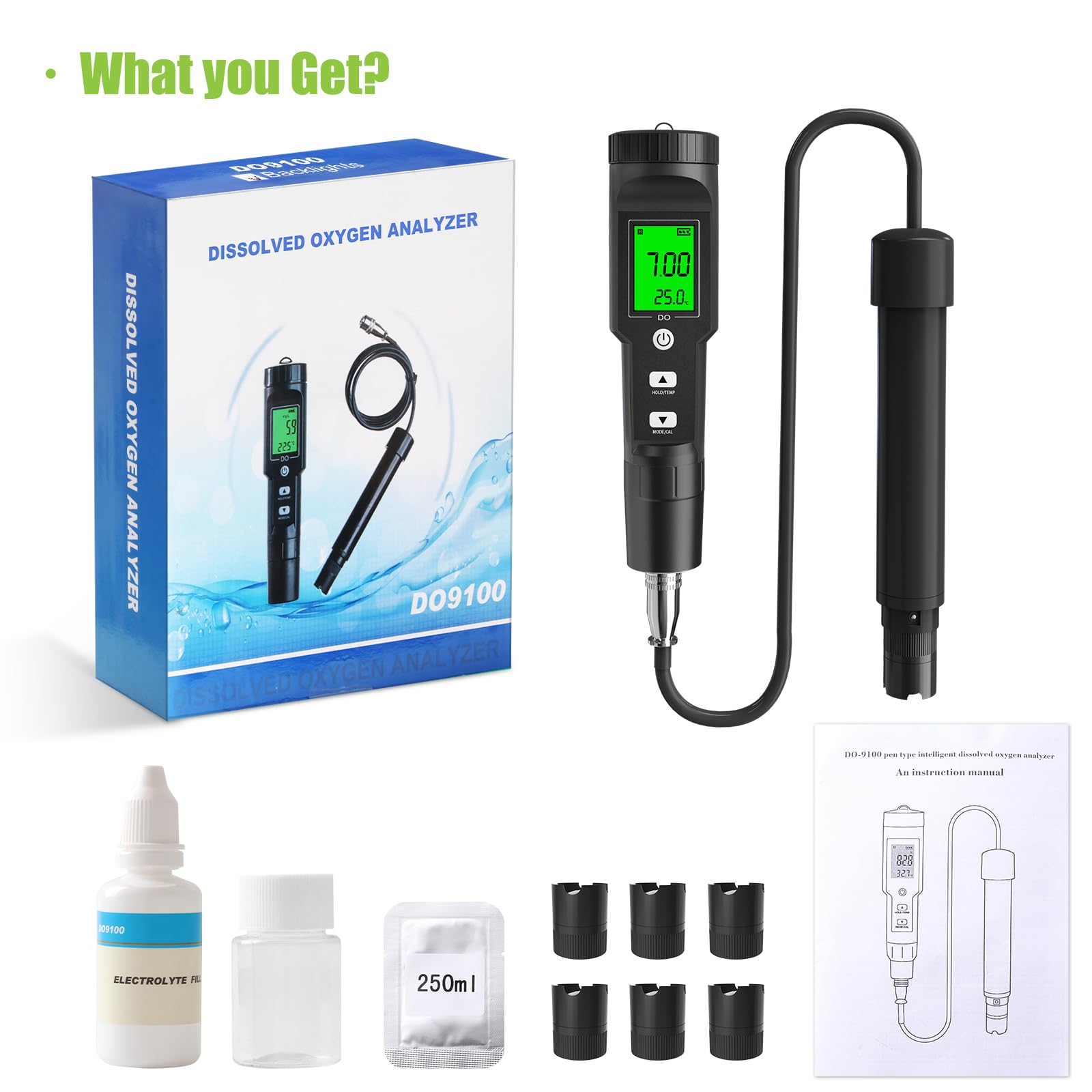
💧 Stay ahead of the curve—monitor your water’s health like a pro!
The GISNPA Dissolved Oxygen Meter offers precise, instant dissolved oxygen measurements (±0.5mg/L) across a wide range (0-40 mg/L) with smart temperature compensation (32-104°F). Designed for aquariums, ponds, and aquaculture, it features a backlit LCD for easy reading and comes complete with electrode filling fluid, anaerobic powder, and probe covers. Lightweight and portable, it’s the essential tool for professionals and enthusiasts committed to optimal aquatic health.

| Brand | GISNPA |
| Manufacturer | GISNPA |
| Number of Memory Sticks | 1 |
| Item Weight | 72.6 g |
| Product Dimensions | 15.75 x 3.3 x 3.3 cm; 72.57 g |
| Item part number | DO9100-A |
| Item Height | 1.3 Inches |
| Item Width | 1.3 Inches |
| Included Components | 6 Probe Covers, 1 Electrode Filling Solution, 1 Anaerobic Water Powder, 1 Manual |
| Are batteries included? | Yes |
Trustpilot
1 week ago
1 day ago
2 days ago
3 days ago